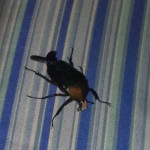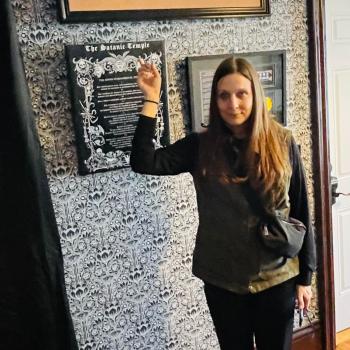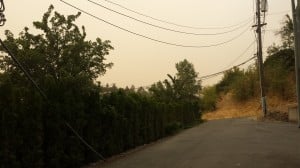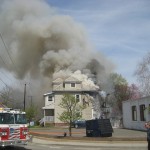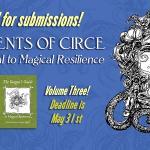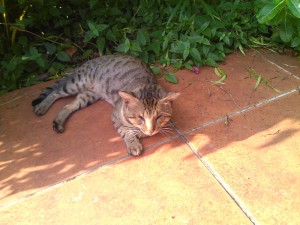
These two questions assume that the Spirit of any Place is an entity of its own, and that it functions in relationship with the inhabitants of that Place. Some people might say that the Spirit of Place is simply the Whole which comes of the combination of all the inhabitants in that place. Others might say that It is something separate from the inhabitants – an entity that exists on some other plane entirely.
At the moment I am reading the book The Wakeful World: Animism, Mind and The Self in Nature by Emma Restall-Orr. She explains that for one experimental psychologist, Gustav Fechner, there is only one basic substance in the universe which can be viewed from the outside as matter but which, when viewed from the inside, is mind. This would mean that any unit of matter is conscious and any conglomeration of matter is also conscious. By this notion, we humans are conscious because we are a collection of atoms. It also suggests that a Place has consciousness because it, too, is a collection of atoms.
I am a conscious being who lives and has experiences which affect me and shape my identity and personality. This does not seem strange in any way, even though modern science tells me that most of my body is not actually made up of parts with my DNA. There are bacteria and virii as well as chemicals which course through me which, if taken separately, are not “me”, but taken together are all part of me and all influence me, my thoughts and my activities.
My body synthesizes chemicals which make me happy or sad, more aggressive or passive, based on a range of different external and internal triggers. I can also shift the chemical balance in my body by ingesting specific plants or other externally synthesized substances, and that change in chemistry can anesthetize me, cause rage, or create a feeling of euphoria, just to name a few possible reactions.
Are these reactions still part of “me” if they come from substances that I have brought into my body from the outside instead of synthesizing them myself through the natural action of my cells? Of course they are! In fact, even those chemicals which are synthesized by my own body are built out of parts that come from outside of me.
So too, I posit, the Spirit of Place is made up of many parts which are not precisely “It” when taken separately. A Place is the union of all that is in it, starting from the rocks or water formations which are there over millennia through to the weather patterns, plants, fungii, and animals which are there only for a little while. Even a visitor to a Place is a part of that Place while that visitor is there. So, I am not Dar Es Salaam taken on my own, and I am not in any way from Dar Es Salaam, yet for this moment I am part of Dar Es Salaam, Tanzania, and even the continent of Africa. I may have as much influence on this place as a single bacterium inside a human body – not much at all – and yet I am still one small ingredient in the Whole.
The things that happen in a Place are the experiences of the Place, just as the things that happen to a plant shape its form and the things that happen to a human shape hir.
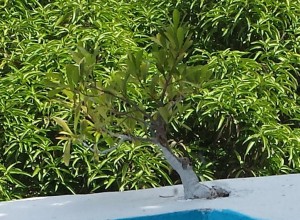
We can also think about the parts of the human in the example above. That surgery, with our without anesthesia, is going to cut into the body of the person. It will destroy some cells, perhaps remove a particular cluster of cells from the body permanently. Blood will surely be lost, and with it will go water, hormones, and some microorganisms that happened to be swimming in there. What memory is left in the components of the human which are left behind? As an animist I can say that I believe that even at the level of the atoms there may be some memory of the experience, and that there will be even more so in the collections of atoms that are called a human cell.
Does science suggest that there is some memory at a level below that of the human consciousness? We might look at things like the increased activity of antibodies after the surgery or the patterns of scarring to say that there is.
Over the last few days I have been thinking a lot about these things in respect to the Spirit of Dar Es Salaam and the Spirit of Tanzania. I have sat outside on the patio at the home where I am staying, considering the feeling of this Place, and I have sat in the office of a major international development agency thinking about the various influences that have shaped the Spirit here.


